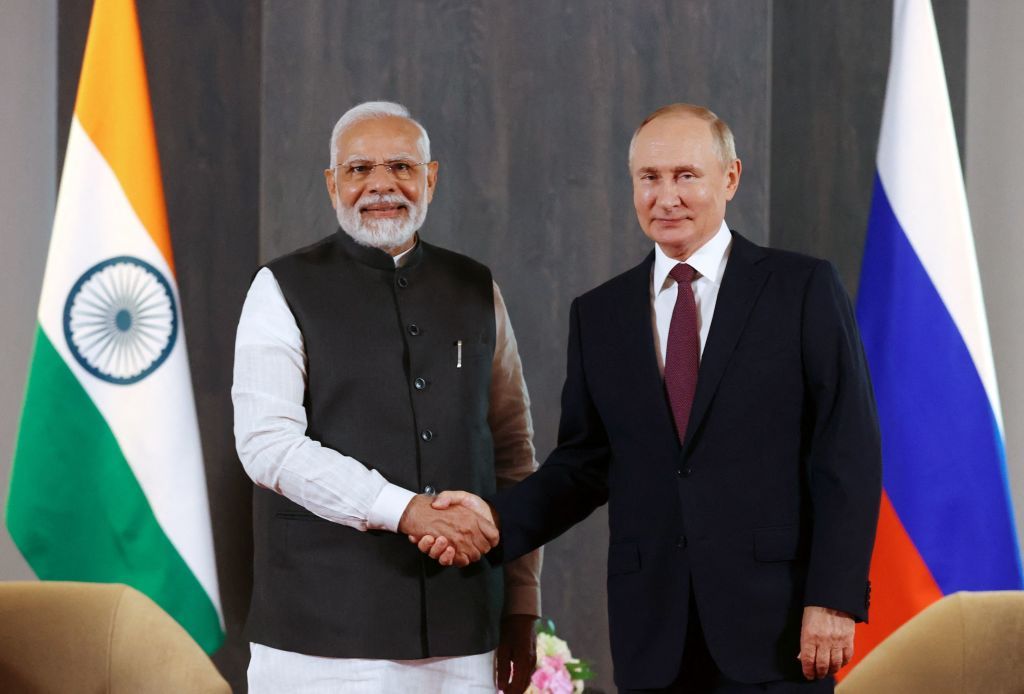efficiency under the weight of costly sanctions. Russia has been unable to access significant amounts of its foreign exchange reserves, leading to a shortage of funds needed to maintain its war machine. Additionally, Western sanctions have targeted key sectors of the Russian economy, further straining its resources. Despite outward appearances, Russia’s war effort may be more fragile than it seems.
India, on the other hand, is navigating a delicate balance between its close economic ties with Russia and the pressure of U.S. sanctions. As one of the chief buyers of Russian oil, India has found ways to continue its trade with Moscow despite the challenges posed by sanctions. The recent delivery of two Russian-made warships to India is a testament to the countries’ efforts to work around U.S. restrictions on arms purchases from Russia. These developments highlight India’s strategic importance in the context of the Russia-Ukraine conflict.
Indian officials have emphasized their country’s neutrality in the Russia-Ukraine war while simultaneously engaging with Ukraine to explore potential economic partnerships. The delivery of the warships from Russia is a significant development in India’s defense capabilities and reflects the country’s desire to strengthen its military capabilities. However, concerns have been raised about potential human trafficking schemes that lure Indian nationals into fighting in Ukraine, highlighting the complex web of challenges surrounding the conflict.
The delays in the delivery of the warships due to the war in Ukraine underscore the far-reaching impact of the conflict on global arms trade. India and Russia have had to navigate various challenges, including finding a payment mechanism that complies with U.S. sanctions. Despite these hurdles, the two countries have managed to overcome obstacles and proceed with the delivery of the warships, showcasing the resilience of their strategic partnership.
India’s reliance on Russian military equipment, coupled with the challenges posed by U.S. sanctions, highlights the complexities of the geopolitical landscape in the wake of the Russia-Ukraine conflict. As India continues to navigate its relationships with both Russia and the U.S., it faces a delicate balancing act to maintain its economic interests while upholding its commitment to international norms. The delivery of the warships serves as a reminder of the strategic importance of India in the broader context of global security.
In conclusion, the delivery of Russian-made warships to India amidst the ongoing Russia-Ukraine conflict underscores the complex dynamics at play in the global arena. India’s strategic partnerships with both Russia and the U.S. highlight the challenges of maintaining a delicate balance between economic interests and international obligations. The impact of the conflict on arms trade and the potential risks of human trafficking further complicate the situation. As India continues to navigate these challenges, its stance on neutrality in the conflict and its commitment to diplomatic solutions remain crucial. The delivery of the warships signals a significant development in India’s defense capabilities and underscores the country’s strategic positioning in the evolving geopolitical landscape.


